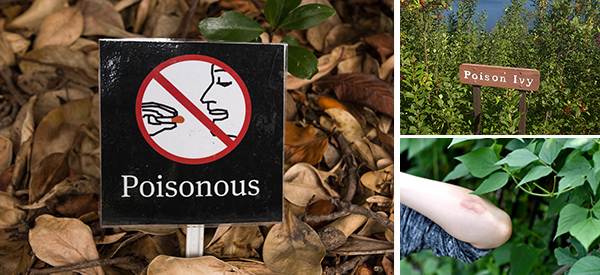
So-Called Medicinal Plants that Are Actually Dangerous
It is easy to be deceived by medicinal plants…especially when one part may be edible while another is poisonous.
Plants are such a wonderful gift to heal yourself holistically. Plants like Chamomile, Peppermint, Lavender, and Plantain are powerful holistic plants that are scientifically proven to treat ailments. We know these plants are very well-known, they’re in your tea, supplements, and your garden. Due to this, we assume most “healing” plants we have heard of are safe to help heal ourselves. That’s not the case so here are some medicinal plants that you should stay away from.
Medicinal Plants that Are Actually Dangerous
Poison hemlock
Poison hemlock (Conium maculatum), a Class B noxious weed, is a widespread toxic biennial plant in the Carrot Family often found in open sunny areas, fields, vacant lots, and on roadsides.
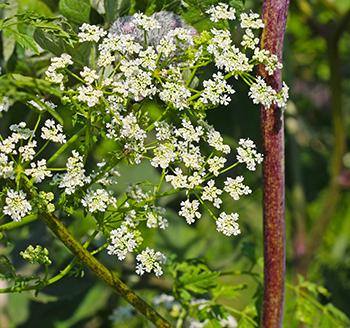 Eating even a small amount of any part of this plant can kill people, livestock, and wildlife. Hemlock was used to numb surgery pain for over 1,000 years. Despite serious safety concerns, some still use hemlock leaves, roots, and seeds to make medicine.
Eating even a small amount of any part of this plant can kill people, livestock, and wildlife. Hemlock was used to numb surgery pain for over 1,000 years. Despite serious safety concerns, some still use hemlock leaves, roots, and seeds to make medicine.
Here’s how you can identify Poison-hemlock: The plant’s stems have reddish or purple spots and streaks, are not hairy and are hollow. The leaves are bright green, fern-like, finely divided, toothed on edges, and have a strong musty odor when crushed. Flowers are tiny, white, and arranged in small, umbrella-shaped clusters on the ends of branched stems.
Mandrakes
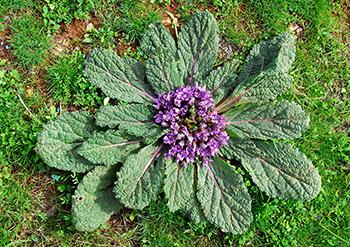 Mandrakes (Mandragora officinarum) contain the alkaloids hyoscyamine and scopolamine. These produce hallucinogenic effects as well as narcotic, emetic, and purgative results that can be dangeroys. Blurred vision, dry mouth, dizziness, abdominal pain, vomiting, and diarrhea are common initial symptoms.
Mandrakes (Mandragora officinarum) contain the alkaloids hyoscyamine and scopolamine. These produce hallucinogenic effects as well as narcotic, emetic, and purgative results that can be dangeroys. Blurred vision, dry mouth, dizziness, abdominal pain, vomiting, and diarrhea are common initial symptoms.
The plant’s poison can easily lead to death. It was used as a sleep-inducing and pain-killing plant for many hundreds of years.
Here’s how you can identify Mandrake: Mandrake has a ground-hugging rosette of large shiny green leaves and densely-packed mauve or violet five-petalled flowers 4 to 5cm across. The fruits, which are initially green, ripen and turn yellow or orange and look like tiny egg-shaped tomatoes.
⇒ Here’s The Easiest Way To Tell Apart Edible Plants and Their Poisonous Lookalikes (Video)
Henbane
 The leaf, flowering tops, and seeds are used to make medicine. Henbane (Hyoscyamus niger) contains poisonous chemicals, particularly in high doses. Don’t confuse henbane, sometimes called “fetid nightshade” or “stinking nightshade,” with bittersweet nightshade or deadly nightshade. Henbane has been used for stomach pain, stomach ulcers, muscle cramps, and other conditions despite its deadly poison.
The leaf, flowering tops, and seeds are used to make medicine. Henbane (Hyoscyamus niger) contains poisonous chemicals, particularly in high doses. Don’t confuse henbane, sometimes called “fetid nightshade” or “stinking nightshade,” with bittersweet nightshade or deadly nightshade. Henbane has been used for stomach pain, stomach ulcers, muscle cramps, and other conditions despite its deadly poison.
To identify Henbane look out for the leaves that are coarsely-toothed to shallowly lobed and pubescent. Its flowers bloom along the long racemes, and are brownish-yellow with a purple center and purple; veins. The plant has a foul odor.
Ephedra
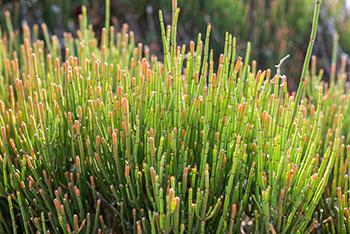 Ephedra has a long history of medicinal use in China and India to treat colds, fever, headaches, coughing, wheezing, and other conditions. Supplements containing the plant are banned in the U.S. after being marketed for weight loss. This is because this plant can cause heart attack, seizure, stroke, and sudden death.
Ephedra has a long history of medicinal use in China and India to treat colds, fever, headaches, coughing, wheezing, and other conditions. Supplements containing the plant are banned in the U.S. after being marketed for weight loss. This is because this plant can cause heart attack, seizure, stroke, and sudden death.
The plant can be easily identified. The Ephedras are leafless desert shrubs with jointed, green stems forming in whorls at nodes along the stalk. Unlike other naked seeds, the Ephedras lack resin canals.
Acontinum
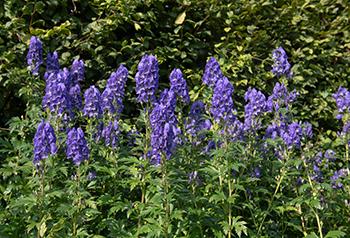 Acontinum or commonly called Monkshood is used as an ingredient in some commonly used herbal preparations for stroke and heart failure, diarrhea, and diabetes, respectively. This plant and the herbal preparations are dangerous. Monkshood can cause cardiac toxicity from consumption of the herbal preparation manifesting as ventricular tachycardia and fibrillation and eventually leading to death.
Acontinum or commonly called Monkshood is used as an ingredient in some commonly used herbal preparations for stroke and heart failure, diarrhea, and diabetes, respectively. This plant and the herbal preparations are dangerous. Monkshood can cause cardiac toxicity from consumption of the herbal preparation manifesting as ventricular tachycardia and fibrillation and eventually leading to death.
Here’s how you can identify the plant. Monkshood is a distinctive-looking wildflower borne on shoulder-high erect and sturdy stems. The common name for this plant comes from the hood-like sepal on the flower. The hood is thought to look like an old-fashioned cowl worn by monks.
Opium poppy
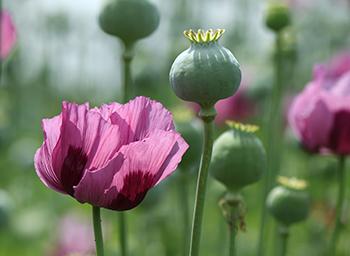 Opium poppy (Papaver somniferum) has long been used as a painkiller for soothing mild aches and pains, a mild sedative/relaxant, and an expectorant for treating catarrh and coughs, as a digestive, and even for reducing the appearance of wrinkles and in lipstick. Using any part of the poppy, in any way, can be life-threatening.
Opium poppy (Papaver somniferum) has long been used as a painkiller for soothing mild aches and pains, a mild sedative/relaxant, and an expectorant for treating catarrh and coughs, as a digestive, and even for reducing the appearance of wrinkles and in lipstick. Using any part of the poppy, in any way, can be life-threatening.
Opium is highly addictive which is why medicines made with it caused the Opiate crisis in America. Opium overdose is well known to cause respiratory and central nervous system depression, which may lead to death.
This is how you identify Opium poppies. The plant has lobed or toothed silver-green foliage and bears blue-purple or white flowers. The seeds are borne in a spherical capsule topped by a disk formed by the stigmas of the flower; the seeds escape from pores beneath the disk when the capsule is shaken by the wind.
Poison ivy
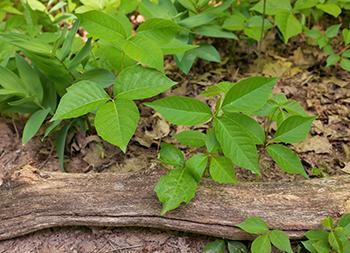 Poison ivy (Toxicodendron radicans) is used to treat pain, rheumatoid arthritis, menstrual period problems, swelling, and itchy skin disorders in homeopathic medicine. It can cause a painful itchy rash and if ingested is harmful, in some cases it’s deadly. This is due to the oil in the poison ivy; it affects the lungs and can cause serious breathing problems leading to death. The rash-inducing oil may cause swelling and closing of the throat.
Poison ivy (Toxicodendron radicans) is used to treat pain, rheumatoid arthritis, menstrual period problems, swelling, and itchy skin disorders in homeopathic medicine. It can cause a painful itchy rash and if ingested is harmful, in some cases it’s deadly. This is due to the oil in the poison ivy; it affects the lungs and can cause serious breathing problems leading to death. The rash-inducing oil may cause swelling and closing of the throat.
The plant can be identified by the leaves. There are only three leaves which have led to the old saying “Leaves of three, let it be.” The leaves will have jagged edges and pointy tips. The two side leaves branch directly off from the stem, while the middle leaf is larger with a protruding stem. The two side leaves can also resemble a mitten, having one defined, segregated point similar to the ‘thumb’ in a mitten.
All of these plants are well known for being used for pharmaceutical as well as holistic medicine. While some of these plants are still actively being used they can be deadly. It’s important to be aware of the risks of many medications but plants don’t come with a warning label printed on the back so it’s important to do your research before.
How to Tell the Difference Between Yarrow and the Poisonous Hemlock
10 Plants That You Should Never Plant Together (Video)
Where to Forage for Free in Your City
The Plant Doctors Are Begging People To Grow
How To Safely Remove Poison Ivy And Hemlock From Your Backyard








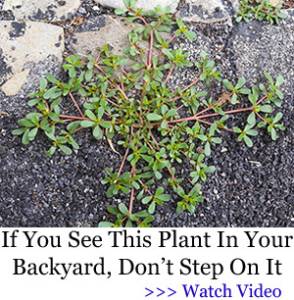
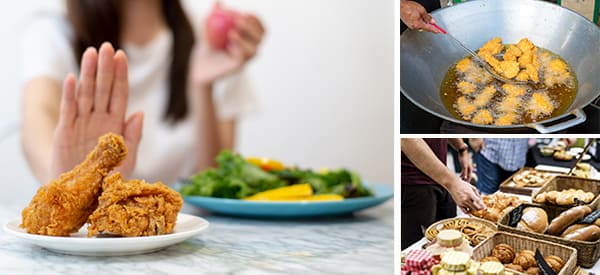
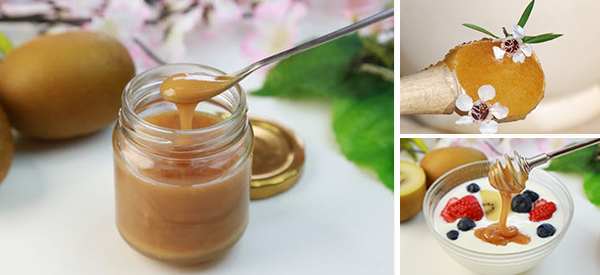
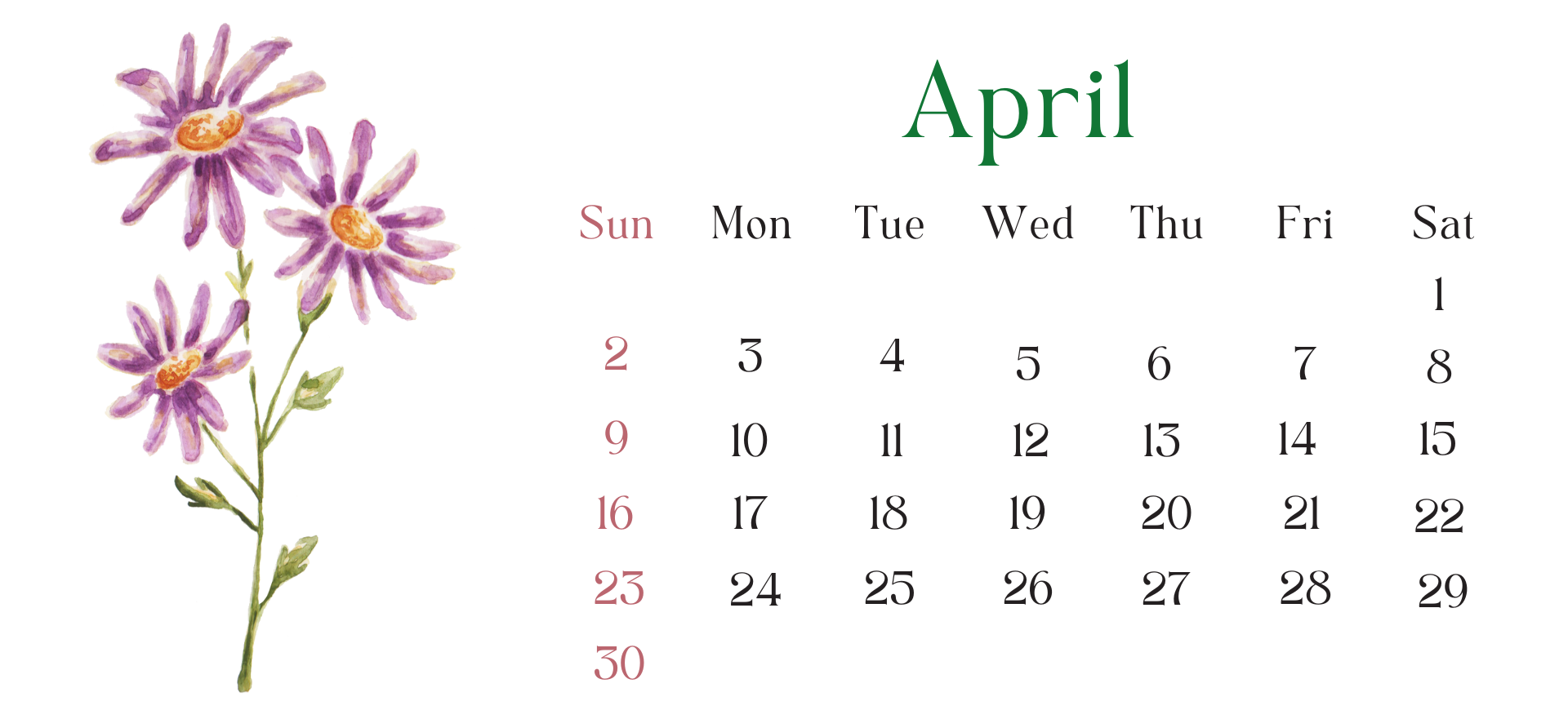
If I see poison ivy in my vegetable garden and keep it picked down. Will it make my vegetables toxic? Is there a safe way to destroy the poison ivy.
Bonide Poison Oak & Ivy Killer works – it kills the root (you need to spray ONLY the poison ivy plants). It will also kill other wild plants (Black Medic, Chickweed, Clover, Dandelion, Dollarweed, Henbit, Morningglory, Oxalis, Pigweed, Plantain, Poison Ivy, Poison Oak, Purslane, Ragweed, Spurge, Wild Carrot, Wild Garlic, Wild Lettuce, Wild Onion) so spot treatment is needed.
Rip it out by the roots. Spray it with high concentration vinegar. Cover it with cardboard. It should not affect the veggies unless it’s touching them and the oils are transferred to them.
I have to wonder if that is the same Hemlock that Socrates took.
…and if that mandrake is the same one as in the OT of the Bible.
I could see hemlock being used to numb the pain of surgery, have to wonder how they figured out how much to use and in what modus. A little bit can be deadly..
Monkshood = Aconitum napellus, IIRC.
I think the main reason for banning Ephedra is the use of its derivative ephedrine by people who are manufacturing methamphetamine. Yes, it makes blood pressure rise, but also has good use as a bronchodilator which is very good for those of us who are too poor to afford Albuterol inhalers for our puny lungs.
For your lungs you can also buy a salt inhalator, not so expansive and healthy 🙂
Fax spoken. But the overwhelming benefit of having knowledge and being taught on what to look for and how to use it would be priceless we all know those are beneficial poisonous herbs
Everything is toxic in excess. More useful would be the correct manner to harvest, the correct manner to prepare, and the correct amount to administer and under what circumstances. This post is most likely to encourage eradication of medicines that have kept our ancestors alive and is irresponsible indeed! Very disappointed.
I was wondering about this aspect myself. Nicole mentioned their beneficial use first so I’m keen to know more about that aspect of them. I understand in the hands of novices like myself they could be very dangerous and so she could put herself at risk if she tried to teach us how to use them. But there may be others like yourself who have more knowledge and experience and would know how to use these properly perhaps? I suspect Nicole is just try to walk a careful line to cover both experts in this area (by mentioning their traditional uses) and novices like myself who shouldn’t go near these plants ie. u can go and do some research to find out more if you’re interested in using them. Nicole has her PhD and ergo is a smart cookie so I dare say this is one of those posts u need to read between the lines with Lara 😄😉
Yes, presenting these herbs in that way would have been so much more educational. Caution of course, is wise; but so were the historic ‘Wise Men’ of renown, who obviously knew how to use these things safely.
I wonder why all mention of the poison ivy, no mention is ever made of poison OAK, predominant in the Western states. I guess only the Northern states are worth listing …This is not only THIS site, but all other sites, they only mention poison ivy, never poison oak.
and poison sumac which I’m allergic to all of these and including MANGO which is related to either the oak or ivy ,,, yikes
Yes, mango! It is the skin of the fruit, bark of the tree that has the oils. I can eat mango in small portions if it already peeled and I don’t let the juices drip onto my skin..but can’t touch the mango itself.
i have seeds to grow these poppies as ornamental flowers. is handling them dangerous as well? i bought them from reputable seed companies
No. It’s the milky sap when concentrated.
Aren’t opium poppy seeds the ones used for strudel and cookies filling? I am pretty sure that’s exactly what we had in our garden when I was a kid and I would eat those seeds and nothing happened to me…
Maybe you are confused with little black Nigella seeds?
They get ground into an oil which is good for lots of things..search out on the net and discover for yourselves,..smiling.
No, they are seeds from the opium poppy that are on rolls. If you have to take a drug test and you have eaten them it will show up in the test. I love them and thankfully have never had to take a drug test.
The Poppy seeds used for that come from another variety of poppies. Smaller, more delicate, hardly any white juice in the stems, leaves and seed pots and red flowers.
Also known as breadseed poppy, it’s used in and on many foods.
From a pharmacological standpoint, the chemical substances in plants are all poisonous. That is true of all medications as well. The article is correct it is the dosage that makes it beneficial. In most cases plants do not contain enough of the substance but if regularly used can provide prevention or build up in fatty tissues depending on the person. Why tinctures and teas recommended to concentrate a bit. Has to be someplace where an average measure of what substance is in a plant in what quantitative quantity to gage more of a range of possible usefulness. Ancestors using certain plants stayed healthy than the rest of the population, but it took wisdom and oral passing down of the knowledge. Not a single pharma industry would exist if it had not been for the knowledge of the tribal botanists and storytellers. I am glad the knowledge is being gathered again. Doctor sites such as WebMD do verify good informational literature. Poison Hemlock https://www.webmd.com/vitamins/ai/ingredientmono-949/hemlock